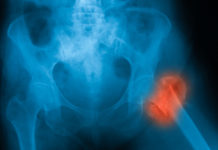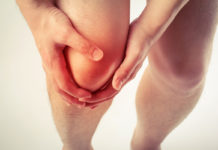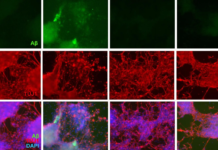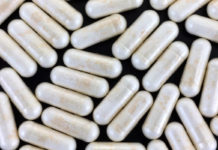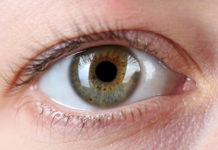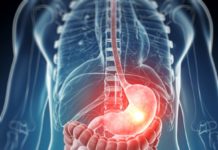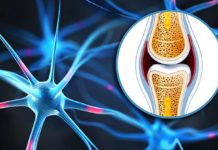Boost For Health? Researchers Isolate Protein Linking Exercise To Health Benefits
A team led by researchers at Dana-Farber Cancer Institute has isolated a natural hormone from muscle cells that triggers some of the key health benefits of exercise. They say the protein, which serves as a chemical messenger, is a highly promising candidate for development as a novel treatment for diabetes, obesity and perhaps other disorders, including cancer.
Anticipation Of Stressful Situations Accelerates Cellular Aging
The ability to anticipate future events allows us to plan and exert control over our lives, but it may also contribute to stress-related increased risk for the diseases of aging, according to a study by UCSF researchers.
Eight Substances, Including Formaldehyde, Added To U.S. Report On Carcinogens
The U.S. Department of Health and Human Services has added eight substances to its Report on Carcinogens, a science-based document that identifies chemicals and biological agents that may put people at increased risk for cancer.
Biologists Find ‘Surprising’ Number of Unknown Viruses in Sewage
Though viruses are the most abundant life form on Earth, our knowledge of the viral universe is limited to a tiny fraction of the...
Study of Giant Viruses Shakes Up Tree of Life
A new study of giant viruses supports the idea that viruses are ancient living organisms and not inanimate molecular remnants run amok, as some...
Herbal Teas May Provide Health Benefits
Those who enjoy the caffeinated lift that comes from drinking traditional coffees and teas may tend to overlook the benefits of drinking herbal infusions. Now, as explained in this month's issue of Agricultural Research magazine, the idea that herbal teas may provide a variety of health benefits is no longer just folklore.
Bone-Cell Control Of Energy Generation Is Regulated By The Protein Atf4
Bone cells known as osteoblasts were recently shown to have a role in controlling the biochemical reactions that generate energy via secretion of the molecule osteocalcin. Gerard Karsenty and colleagues, at Columbia University College of Physicians and Surgeons, New York, therefore hypothesized that osteoblasts express a regulatory gene(s) that controls this osteoblast function and then identified Atf4 as this regulatory gene in mice.
Sleeping Well At 100 Years Of Age: Study Searches For The...
A study in the May 1 issue of the journal Sleep is the first to examine sleep issues in a large sample of exceptionally old adults, including nearly 2,800 people who were 100 years of age and older. Results show that about 65 percent of the sample reported that their sleep quality was...
Fueling The Body On Fat: Critical Tuning Dial For Controlling Energy...
Researchers have found what appears to be a critical tuning dial for controlling whole body energy, according to a new report in the January issue of Cell Metabolism, a Cell Press publication. When energy levels within cells drop, it sets off a series of events designed to increase the amount of calorie-rich dietary fat that the body will absorb.
Research Offers Insight To How Fructose Causes Obesity And Other Illness
A group of scientists from across the world have come together in a just-published study that provides new insights into how fructose causes obesity and metabolic syndrome, more commonly known as diabetes. In this study which was performed in lab animals, researchers found that fructose can be metabolized by an enzyme that exists in two forms.
New Evidence That Caffeine Is A Healthful Antioxidant In Coffee
Scientists are reporting an in-depth analysis of how the caffeine in coffee, tea, and other foods seems to protect against conditions such as Alzheimer's disease and heart disease on the most fundamental levels.
Gradual Bone Reduction Seen In Some Birth Control Pill Users
Birth control pills may reduce a woman's bone density, according to a study published online July 13 in The Journal of Clinical Endocrinology and Metabolism by Group Health Research Institute (GHRI) scientists. Impacts on bone were small, depended on the woman's age and the pill's hormone dose, and did not appear until about two years of use. The study size and design allowed the researchers to focus on 14- to 18-year-old teenagers, and to look at how bone density might change when a woman stops using the pill.


